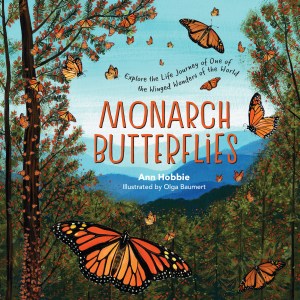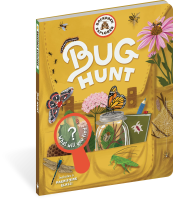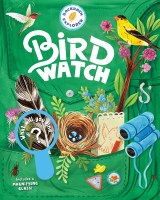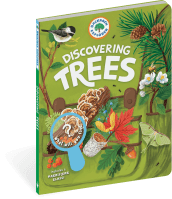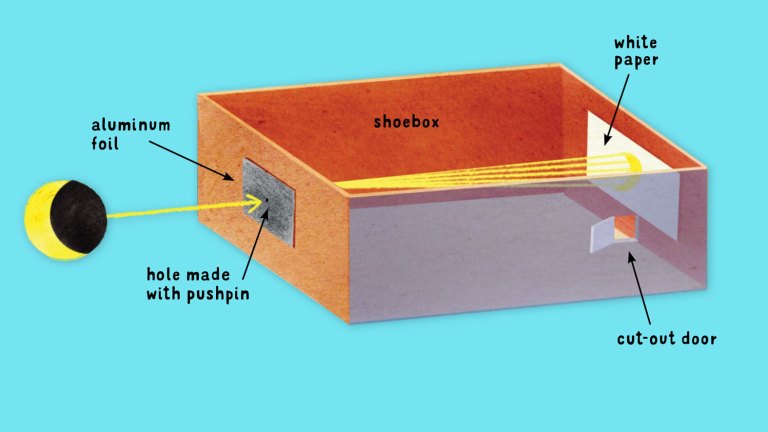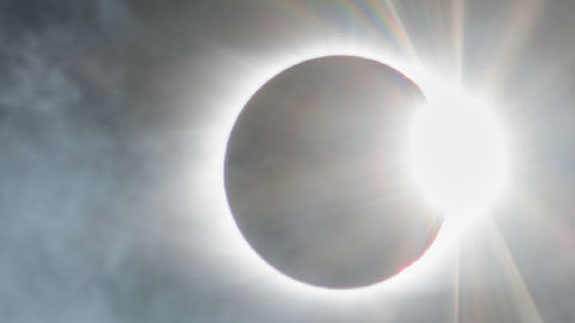Moth or Monarch?
Learn about the creative process behind Ann Hobbie’s Monarch Butterflies book—and a little about the pine processionary moth in the process.
On my run this morning, I came across a long trail of caterpillars marching in a head-to-tail procession. My mind began concocting all kinds of stories about why they were lined up and what they would transform into. Perhaps the procession was a mechanism to protect them from the footsteps of folks like me? I can tell you, it sure is way easier to spot 100 caterpillars when lopping along (especially without my glasses) than it is to see just one.
After a quick stop to capture a photo—I knew I had to share this with my kiddos and co-workers (and now you!)—I continued along.
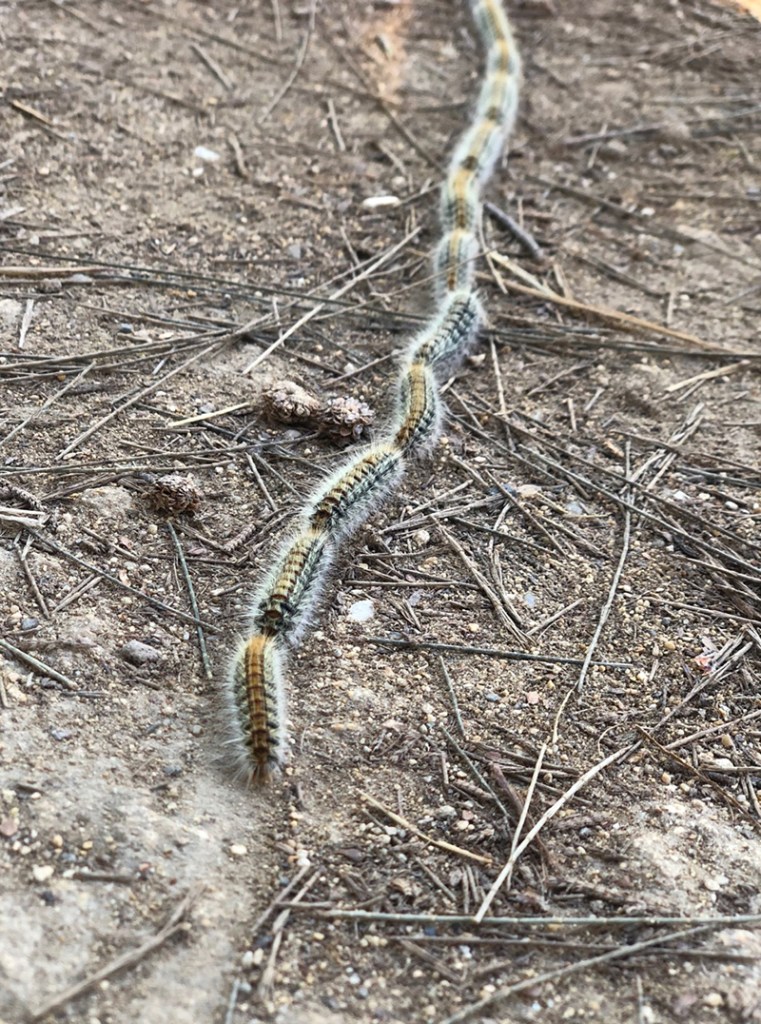
As I ambled down the path, my run-in with the procession made me think of our GORGEOUS new Monarch Butterflies book. And when I say gorgeous, I mean it. In a meeting a few weeks ago, our Creative Director, Alethea Morrison, talked about developing the book written by author Ann Hobbie and illustrated by Olga Baumert.
When Alethea said, “I cried when Olgs’a sketches came in…” I jotted it down in my notebook and immediately went to check them out. As you can see, the sketches truly are stunning.


Monarch Butterflies Sketch
Monarch Butterflies Final
These sketches ultimately turned into the final artwork which is accompanied by Ann’s insightful, accessible text about the monarchs’ life cycle, anatomy, and migration. (I have to pinch myself sometimes at how lucky I am to be part of this amazing creative process.)


Monarch Butterflies Sketch
Monarch Butterflies Final
I can’t wait to share Monarch Butterflies with my children. The book considers how human behavior has harmed monarchs and offers ways kids can help make a positive difference, including how to turn lawns into native plant gardens, become involved in citizen science efforts such as tagging migrating monarchs and participating in population counts, and support organizations that work to conserve butterflies.
And for those of you wondering, when I arrived home, I did a quick search and learned a bit more about the procession I literally ran into.
Apparently, “lengthy processions are formed when fully grown [pine processionary] caterpillars abandon their host tree in search of pupation sites… as many as three hundred caterpillars may travel long distances from the natal tree looking for soft soil in which to bury themselves and form cocoons.”
And so, there you have it. They won’t turn into beautiful monarch butterflies or butterflies at all, but rather pine processionary moths.
